These dogs weren’t built for comfort, they were built to endure conditions that would send most breeds running for cover.
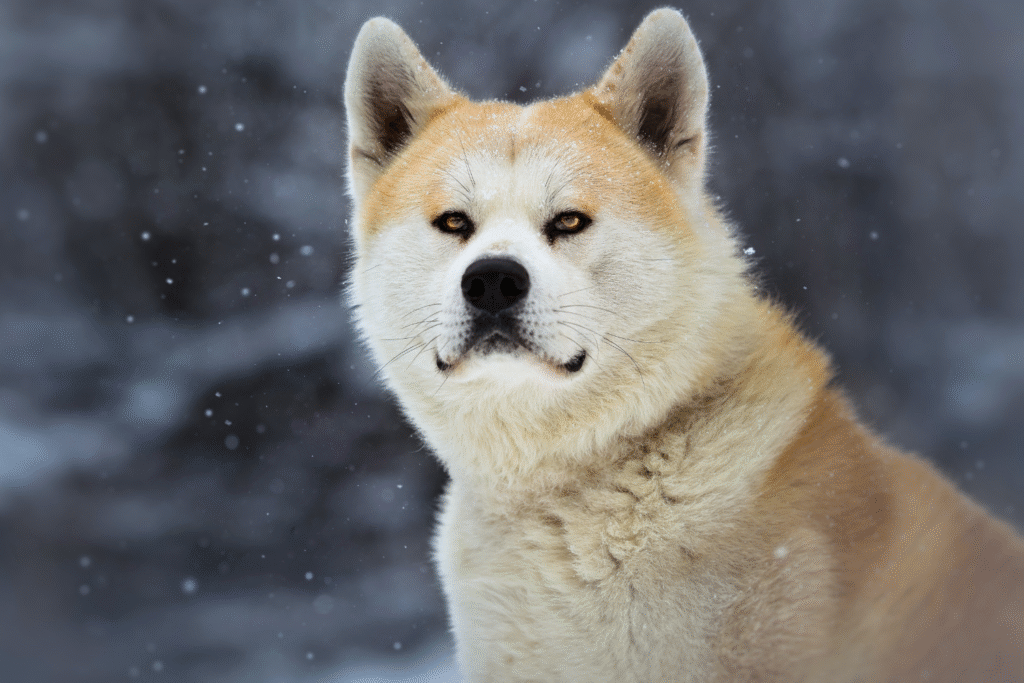
Akitas are living proof that nature doesn’t mess around when designing survival machines. Born in Japan’s snowy mountains, they weren’t pampered lapdogs but working companions bred to handle bitter cold and punishing terrain. Their history and biology are woven with traits that let them shrug off weather that would cripple other animals. They’re stoic, powerful, and quietly resilient. Every detail about them points back to one undeniable truth—Akitas don’t just survive in the cold, they master it, turning subzero temperatures into their natural playground.
1. Their double coat is nature’s ultimate insulation.
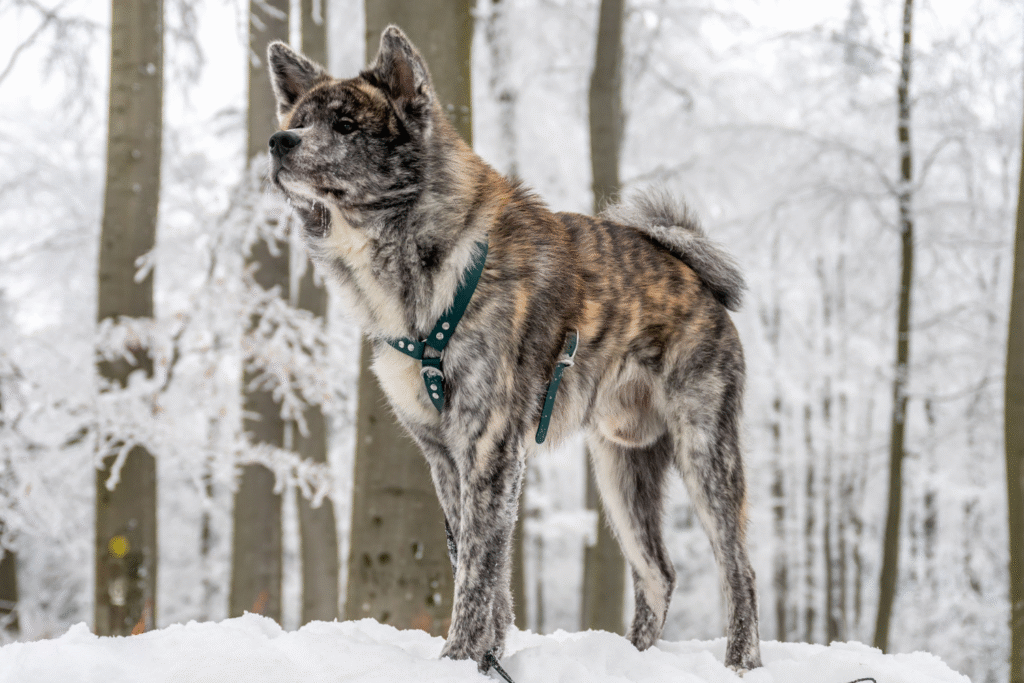
The Akita’s thick two-layer coat traps warmth close to the body while repelling snow and wind. According to the American Kennel Club, this unique combination was developed over centuries in Japan’s cold northern regions. The undercoat stays dense and plush, while the outer guard hairs provide a waterproof shield.
Together, the two layers work like a built-in parka. Even in freezing blizzards, an Akita can curl up comfortably without risk of frostbite. Unlike breeds that shiver after minutes outdoors, they thrive in the snow. That natural engineering allows them to face conditions far harsher than most pets could dream of enduring.
2. Their bodies conserve energy like seasoned survivalists.
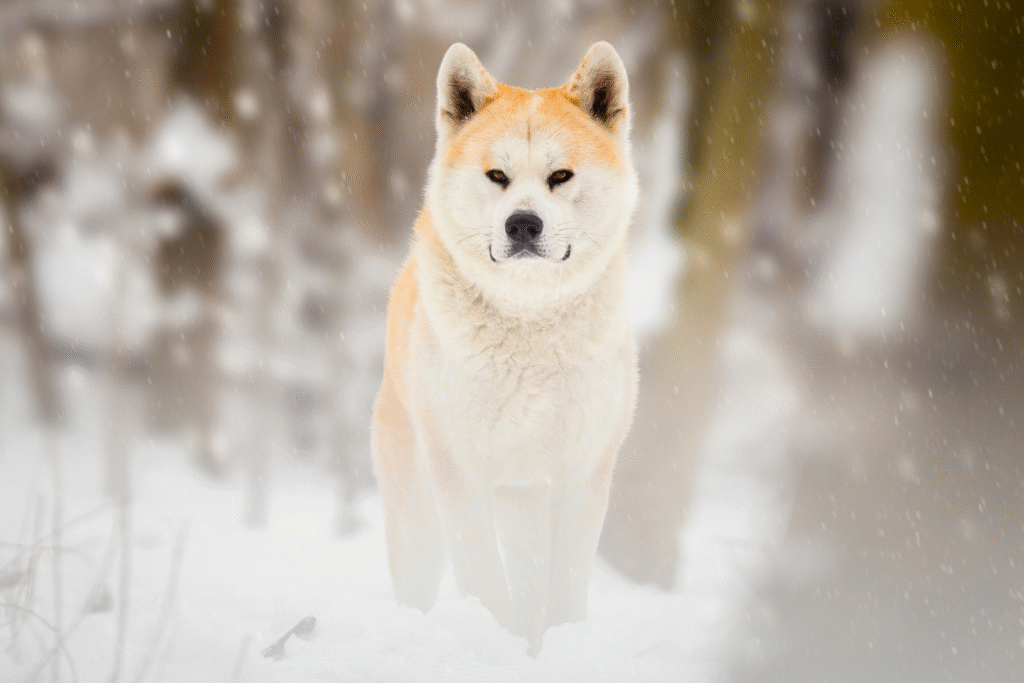
Akitas move with efficiency, conserving warmth and energy even in brutal conditions. As stated by the National Canine Research Council, their slower metabolism and muscular build allow them to retain heat longer than leaner, high-energy breeds. This means less wasted energy and more durability when food is scarce in cold climates.
That ability was crucial in the snowy mountains where hunting success was unpredictable. Instead of burning through calories like smaller dogs, Akitas pace themselves, staying strong even during lean times. The same trait makes them stoic companions today, showing how evolution carved resilience into their very design.
3. They were bred for snow-covered hunts.
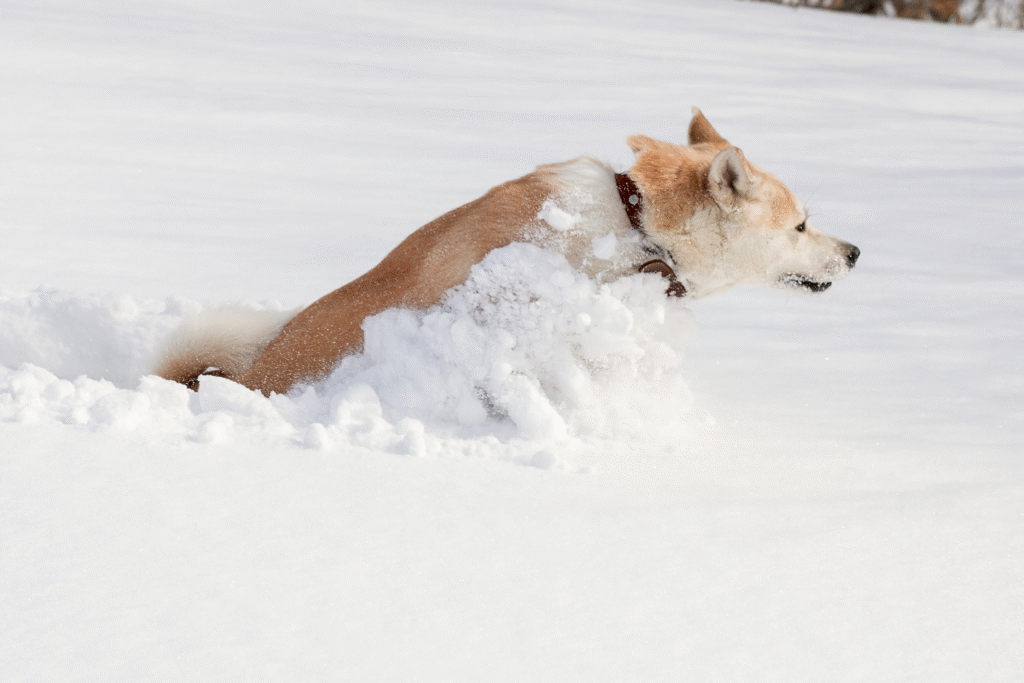
Hunting in northern Japan demanded a dog that could withstand deep snow and icy winds. Reported by Smithsonian Magazine, Akitas were originally used to hunt boar, deer, and even bears in rugged, frozen terrain. Their strength and endurance weren’t luxuries—they were survival requirements.
This hunting background explains their stamina in harsh weather. They weren’t just surviving in the cold, they were thriving while tracking powerful prey across hostile landscapes. That history forged a breed that doesn’t flinch when winter bares its teeth. Their purpose and toughness have always been inseparable.
4. Snow isn’t an obstacle, it’s their playground.
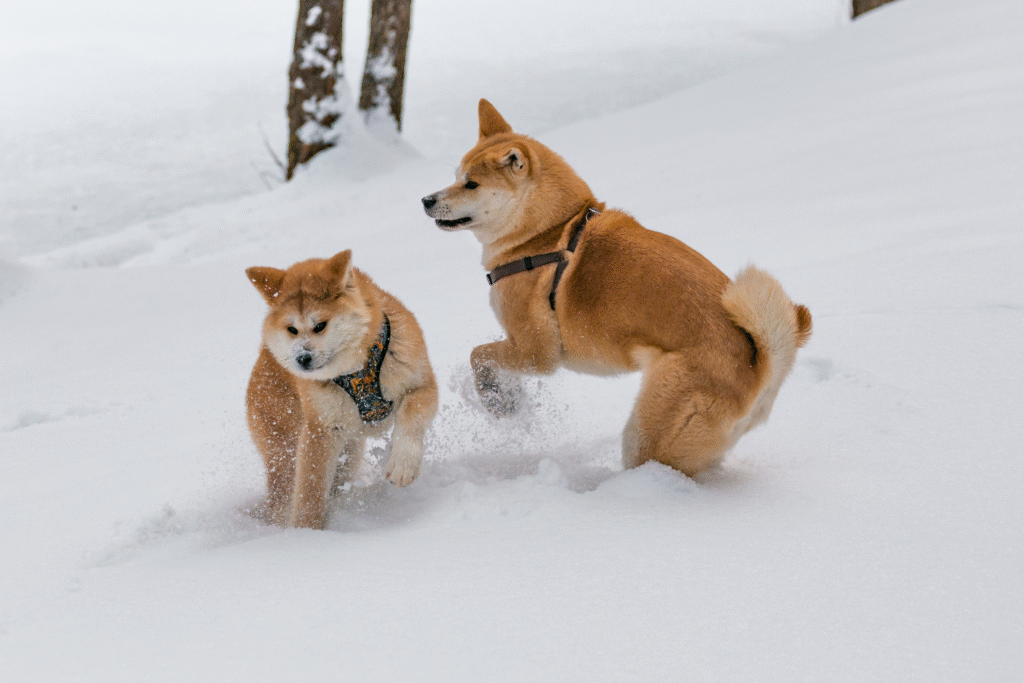
While many dogs avoid snowdrifts, Akitas dive straight in. Their heavy coats and strong paws allow them to barrel through snow without hesitation. It’s not just tolerance—they genuinely seem to revel in the cold.
Watching an Akita bound through snow is a reminder of what they were built for. Their bodies don’t slow down when temperatures plummet. Instead, they come alive in conditions that leave other breeds miserable. For them, snow is less a challenge and more a source of joy.
5. Their loyalty made them guardians in unforgiving winters.
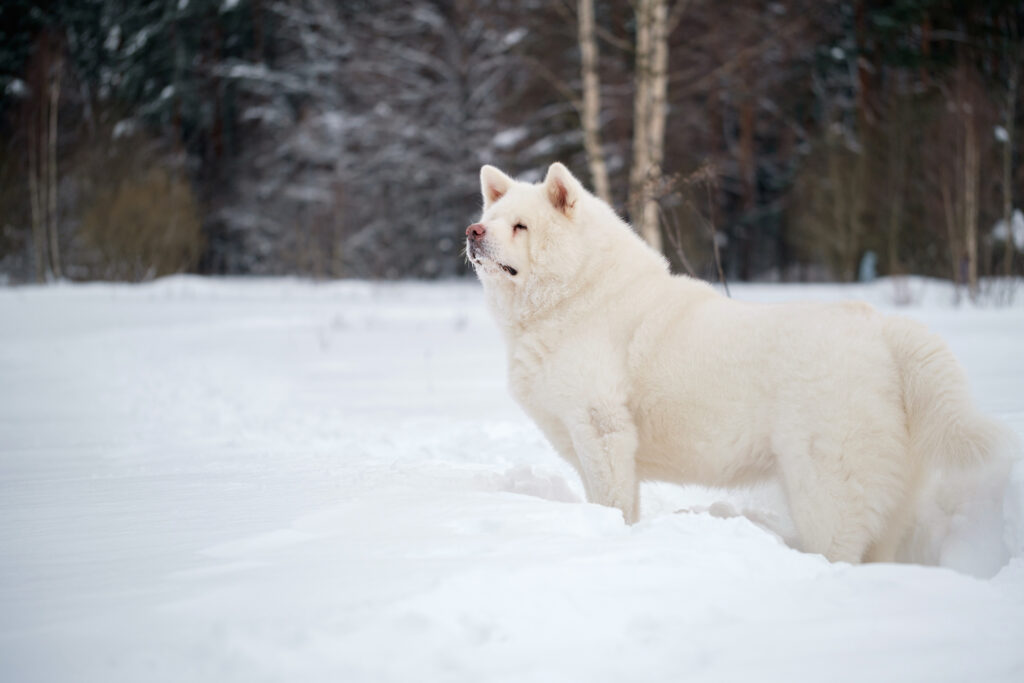
Akitas are renowned for their protective instincts, a trait rooted in their long history as guardians in snowy Japanese villages. Cold nights demanded watchful dogs that could stand guard without faltering. Their resilience wasn’t just physical—it was mental toughness too.
This loyalty ensured families could rest knowing their protector wasn’t retreating from the cold. That dual strength of body and spirit makes Akitas as dependable now as they were centuries ago. They’re not only survivors but steadfast partners, refusing to bow to either weather or fear.
6. Their large size shields them from freezing winds.
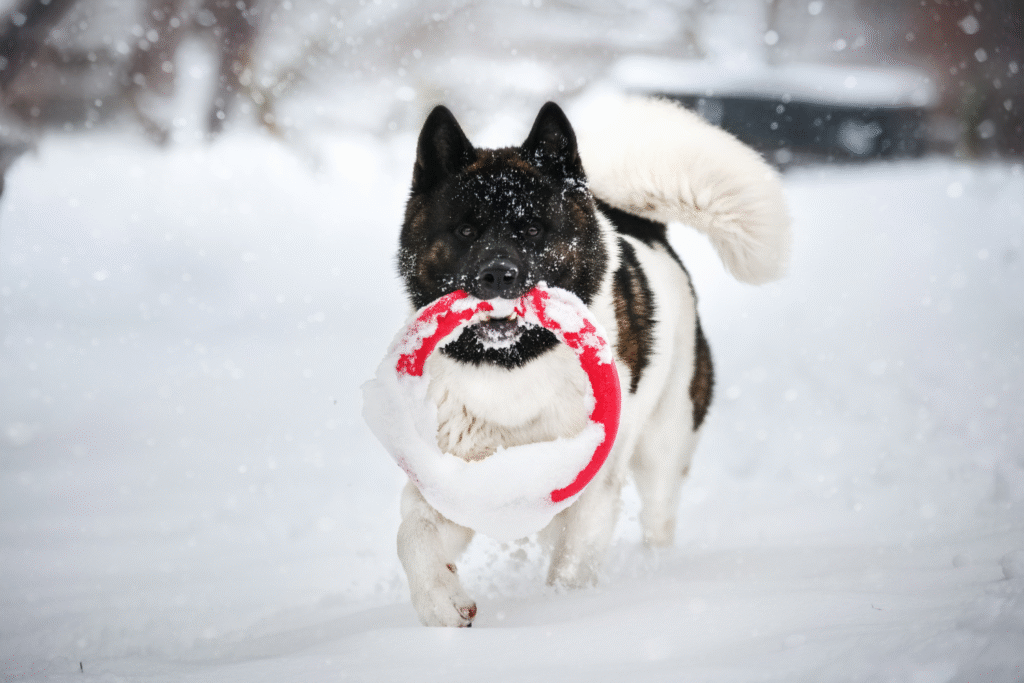
Standing tall and powerfully built, Akitas carry a natural advantage against bitter weather. Their bulk allows them to retain heat more effectively, acting like insulation from within. Smaller breeds lose body warmth quickly, but an Akita’s mass gives them staying power.
This size also equips them to power through snowbanks with ease. Their physicality is both defense and weapon, letting them endure conditions where other animals simply collapse. The very build of the Akita is proof that cold didn’t design them as victims—it shaped them into survivors.
7. Stoicism is part of their DNA.
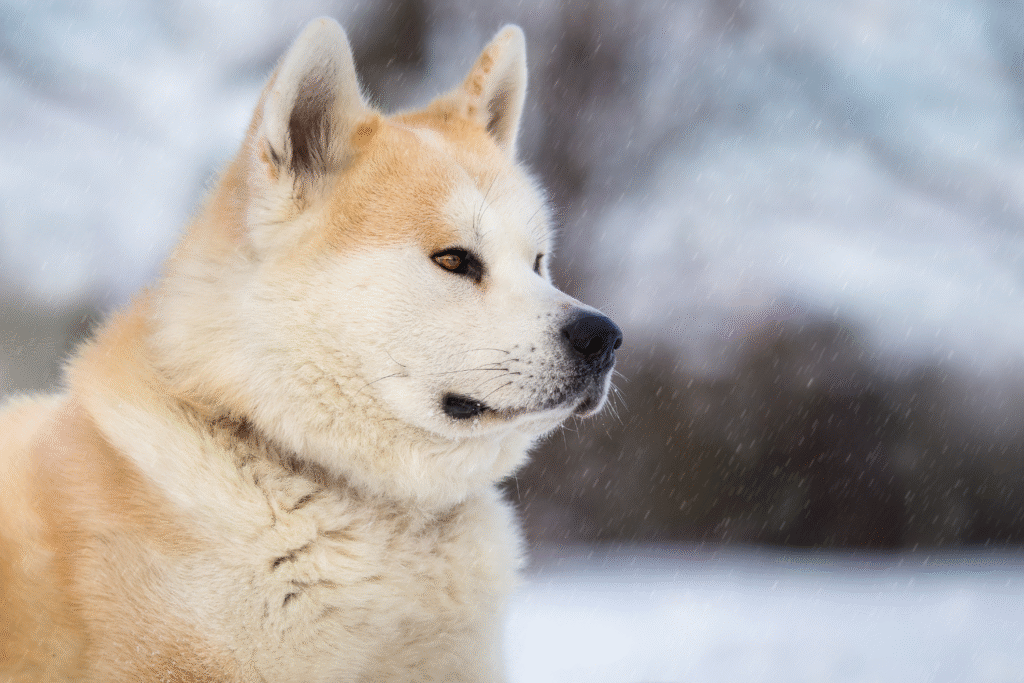
Akitas don’t whine or fuss when conditions turn harsh. Instead, they push through discomfort with a calm steadiness. That stoicism has been praised for centuries, as their temperament reflects the same endurance found in their physical design.
The result is a dog that never dramatizes its struggles. Even when conditions worsen, they maintain a calm resolve. That temperament isn’t just admirable—it’s what allowed them to serve as reliable working partners in climates that tested every ounce of willpower.
8. They adapt quickly between extremes.

While bred for frigid climates, Akitas can also handle moderate weather shifts without collapsing. Their double coat sheds seasonally, allowing them to adjust when temperatures rise. This adaptability highlights how versatile they truly are.
It’s not about loving every climate but about enduring them. Akitas prove that toughness isn’t limited to surviving one type of condition—it’s about flexing across extremes. That flexibility makes them stand out as dogs capable of thriving wherever life takes them.
9. Their independence prepared them for isolation.
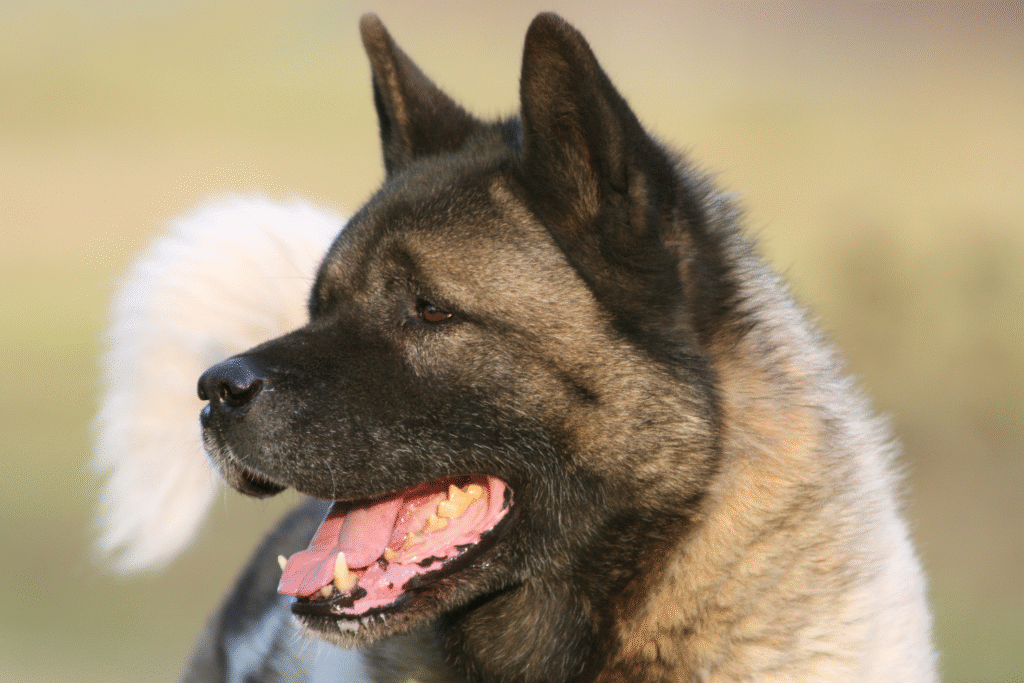
Cold climates often meant solitude, and Akitas learned to operate without constant human direction. Their independent nature reflects this history of self-reliance. Left to their own devices, they could endure long stretches of harsh conditions without crumbling.
That independence still shows today. They don’t demand constant reassurance or guidance, carrying themselves with quiet confidence. In the same way their bodies resist the cold, their personalities resist weakness. That self-possession is another dimension of their resilience.
10. Their history cements them as cultural icons of endurance.
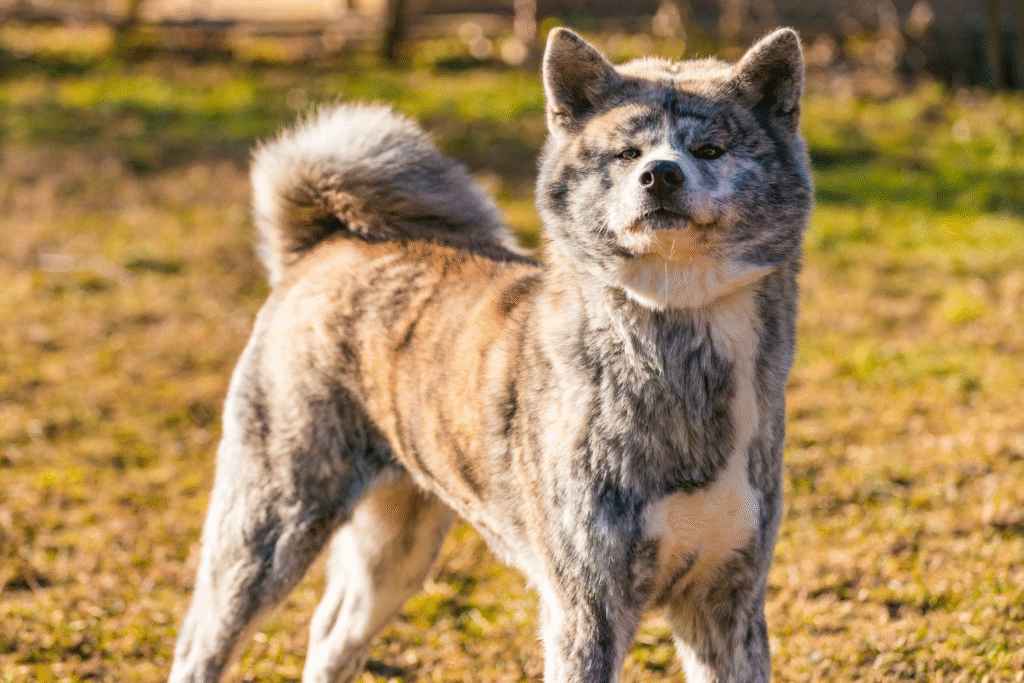
In Japan, Akitas symbolize protection, strength, and health. Their ability to withstand bitter winters played a huge role in that status. They weren’t just pets—they were living symbols of resilience in regions where life itself demanded toughness.
That cultural reverence endures today, with Akitas still celebrated as embodiments of strength. Their toughness isn’t simply physical—it’s historical, emotional, and symbolic. They carry the legacy of dogs that faced -40° and came out unbroken, and that legacy still defines them now.
